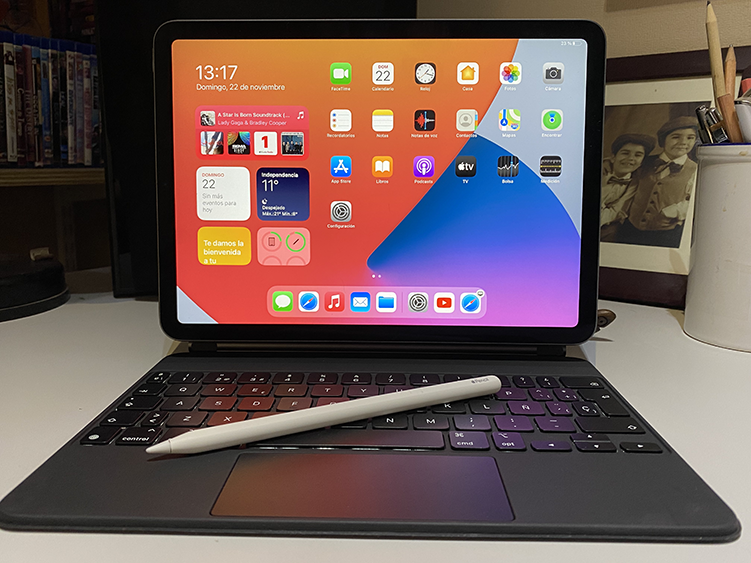- Download a preview. Android Studio and Android Emulator now contain initial support for core developer workflows when running the Apple silicon (arm64).
- We've made a rough initial preview of the emulator running on Apple Silicon available here. It also contains an AOSP system image build for.
- M1 MacBookAirにandroidstudioをダウンロードしましたが、エミュレーターを実行できず、エラーが発生します。 MacのAndroidStudio要件を検索すると、Mac OS10が必要であると表示されます。.
Looking for android emulator for windows 10, 8, 7 and other versions? An Android emulator is required to preview how an application will run on Android phone. Check out the list of Top 15 best.
Android Emulator M1 Preview

Note: There is an official repo now which is preferred: (https://github.com/google/android-emulator-m1-preview). We will still watch this repo for issues and comments, but please redirect your activity to the official repo.
This is a preview of some basic Android emulation functionality on the M1. There are still many issues, but apps work at a basic level. To be updated soon with more fixes. The release tag corresponds to this commit: https://android.googlesource.com/platform/external/qemu/+/aca144a9e9264b11c2d729096af90d695d01455d
Known issues

- Webview doesn't work
- No sound
- No device skins
- Video codecs not working
- 32 bit ARM apps won't work
- Graphical glitches in some Vulkan apps
- Popup on startup about not being able to find the ADB path (ADB will still notice the emulator if you have it installed though)
- When building, it may be faster to start then cancel the Python triggered build and then reissue
ninja -C objs install/stripversus letting the Python triggered build finish.
How to use
This only works on M1 Apple Silicon Macs. M1 (or equivalently capable) SoCs are required; note that this does not work on DTKs as they do not support ARM64 on ARM64 hardwre virtualization via Hypevisor.framework. However, we have plans to add support there as well via Virtualization.framework.
Go to the Github releases page, download a .dmg, drag to the Applications folder, and run. You'll first need to right click the app icon and select Open and then skip past the developer identity verification step (we are working on providing official identity info). The first few times it starts up it will take a while to show up, but subsequent launches will be faster.
If you've installed Android Studio and Android SDK and adb is available, the emulator should be visible from Studio and work (deploy built apps, debug apps, etc).
How to configure
Edit /Applications/Android Emulator.app/Contents/MacOS/aosp-master-arm64-v8a/config.ini. Some notable options:
disk.dataPartition.size: size of userdata. When reconfiguring, you'll also need to delete alluserdata*.imgfiles in that directory.fastboot.forceColdBoot,fastboot.forceFastBoot: whether to enable snapshots. Current default is snapshots disabled. Setfastboot.forceColdBoot=no,fastboot.forceFastBoot=yesto enable snapshots.hw.lcd.density: Virtual display DPI.hw.lcd.width,hw.lcd.height: Virtual display dimensions.hw.ramSize: RAM limit for the guest. (2GB minimum)
How to wipe data
Remove all userdata*.img files in /Applications/Android Emulator.app/Contents/MacOS/aosp-master-arm64-v8a/.
How to build your own emulator
Building the engine
The emulator source code lives (here), but there are a bunch of other dependencies to download, so we use repo.
To build, first make sure you have Xcode and Xcode command line tools installed, and that you have Chromium depot_tools in your PATH (link). Then:
Note that canceling the python based build after it gets going and issuing just ninja -C objs install/strip may be faster.
The built artifacts are in /path/to/external/qemu/objs/distribution/emulator. They should be automatically signed. However, the binaries in objs/ are not; to sign them, issue ./sign-objs-binaries.sh. Note that this can only be done after ninja -C objs install/strip is successful.
Building the system image
The system image is built from AOSP master sdk_phone_arm64 with a few modifications. Ideally, let's be on a Linux host when building the system image---the build is relatively untested on M1 systems, and at least, we need to create a separate case sensitive partition for the AOSP repo. Assuming you're on Linux:
We first need to make an edit to remove all 32 bit support. Patch this change: link to build/make/target/board/emulator_arm64/BoardConfig.mk. Then:
After that's done, we can use this script to package up the system image for use in /Applications/Android Emulator.app/Contents/MacOS/aosp-master-arm64-v8a/. Assuming you're still in the Android build environment:
Android Emulator Apple Silicon Preview Download
Then, $ZIPPED_NAME.zip can be sent over to the M1 and the contents of its files/ can be coped over into /Applications/Android Emulator.app/Contents/MacOS/aosp-master-arm64-v8a/.